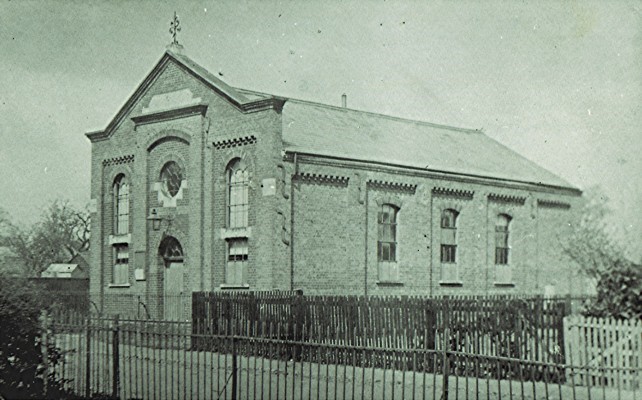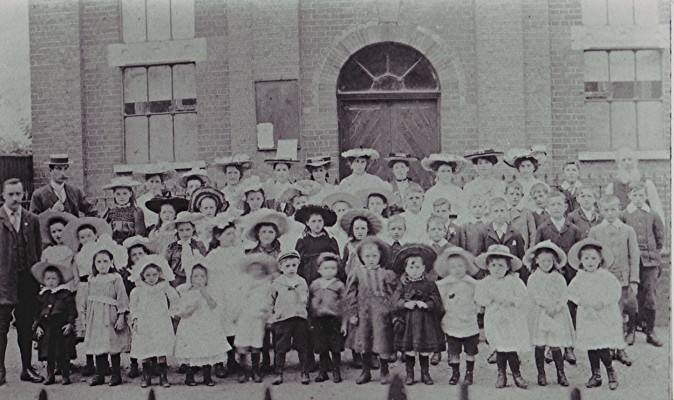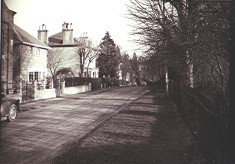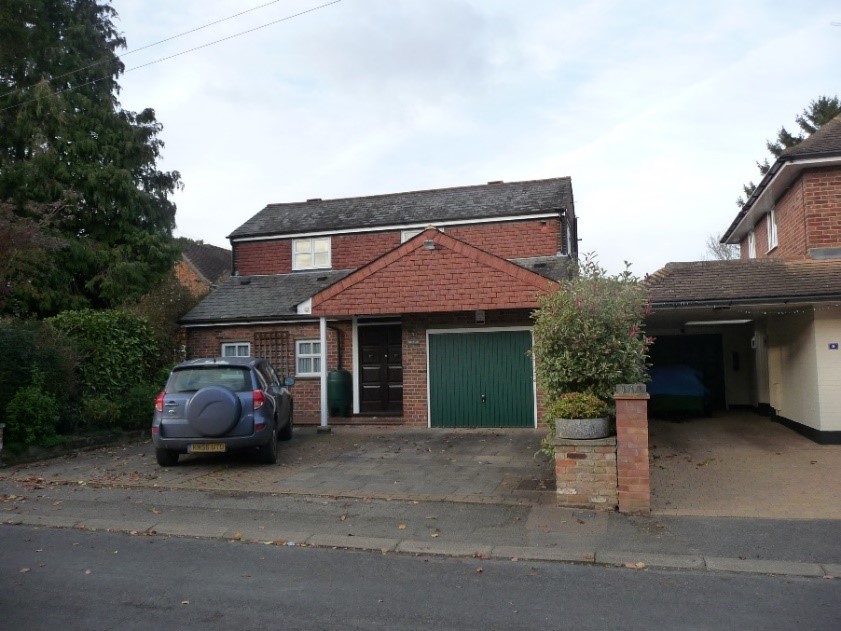Crown Street The Tabernacle

In 1869, some members of the Fish Street congregation wanted to hear a Mr Dunnington preach. The Pastor – Richardson refused and members left. Instead Mr Dunnington held an open air service on the Common and subsequently in The Bull. It was reported that between 150 and 300 people were trying to attend these meetings. Mr Dunnington was a student of Charles Haddon Spurgeon (1834-92) a Baptist who was known as ’The Prince of Preachers’. He had gave up all connection with the established Protestant church and held to the view of Baptist Successionism.

Spurgeon was the pastor of the congregation of the New Park Street Chapel (later the Metropolitan Tabernacle) in London for 38 years. His sermons were famous – ‘a congregation consisting of 10,000 souls, streaming into the hall, mounting the galleries, humming, buzzing, and swarming – a mighty hive of bees – eager to secure at first the best places, and, at last, any place at all. After waiting more than half an hour – for if you wish to have a seat you must be there at least that space of time in advance… Mr. Spurgeon ascended his tribune. To the hum, and rush, and trampling of men, succeeded a low, concentrated thrill and murmur of devotion, which seemed to run at once, like an electric current, through the breast of everyone present, and by this magnetic chain the preacher held us fast bound for about two hours. It is not my purpose to give a summary of his discourse. It is enough to say of his voice, that its power and volume are sufficient to reach everyone in that vast assembly’. In 1867, he started a charity organisation which is now called Spurgeon’s and works globally. He also founded Spurgeon’s College, which was named after him posthumously. Spurgeon was a prolific author of many types of works including sermons, an autobiography, commentaries, and books on prayer, devotionals, magazines, poetry, hymns, and more. Many sermons were transcribed as he spoke and were translated into many languages during his lifetime.
The Redbourn group needed a permanent site to meet and they obtained land in Crown Street and built, largely thanks to a £200 interest free loan from Spurgeon, a large church, and named it the ‘Tabernacle’ after their benefactor’s London Meeting House. In total it cost £555 and was opened in 1870, a wonder – with gas lighting from the Fish Street Works. Members of this Particular Baptist congregation believed in full immersion for baptism and not in Holy Communion. The church ran a large Sunday School (90-100 children) and as time passed, relationships with the other Separatist chapels in Redbourn improved. But by the 1950’s membership had fallen and the building was demolished.
The tabernacle can just be seen on the extreme left in this 1950’s photo.

The site is now occupied by No. 3 ‘Old Walls’
